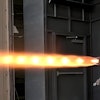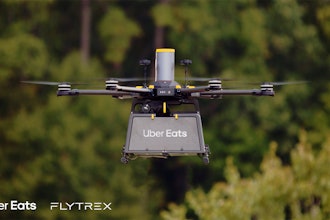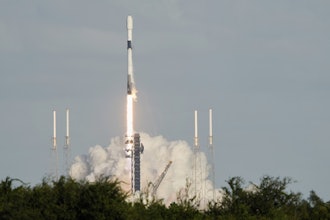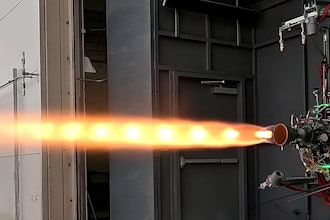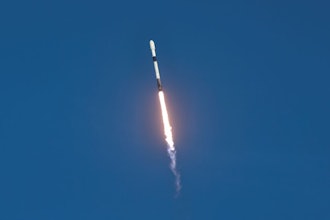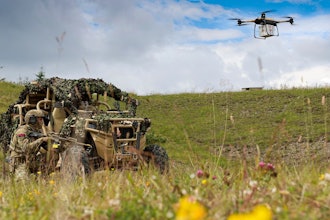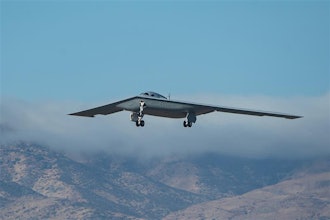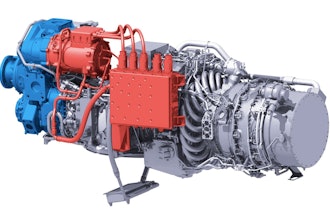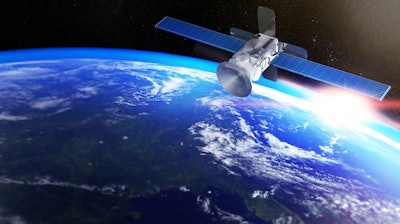
The E.T.PACK-Fly consortium, coordinated by the Universidad Carlos III de Madrid (UC3M) and made up of the University of Padova, the Technical University of Dresden (TU Dresden), the Spanish company SENER Aeroespacial and the German start-up Rocket Factory Augsburg (RFA), has received €2.5 million from the European Innovation Council (EIC) to develop a device based on a space tether to deorbit space debris.
Due to the high cost involved, most satellites are not removed after their mission is completed. This fact, together with spontaneous explosions in orbits as a result of the harsh space environment, has caused the accumulation of a high number of space debris in Low Earth Orbit. They represent a threat since, when a collision occurs between two objects in orbit, a cloud of dangerous shrapnels for operational satellites is generated.
E.T. PACK-Fly aims to solve this problem by developing a device capable of deorbiting, that is, decreasing the altitude of the orbit of the space debris until it is eliminated during the reentry in the Earth’s atmosphere. Unlike conventional propulsion systems, the E.T. PACK-Fly equipment uses a disruptive technology, known as an electrodynamic space tether, that does not require propellant. This electrodynamic tether is a very thin aluminium tape (about two centimetres wide and a couple of kilometres long), which works by using the plasma around the Earth and the geomagnetic field to generate an electric current. This electrodynamic effect results in a force known as the Lorentz drag. This force deorbits the satellite up to the reentry into the Earth's atmosphere, where it is eliminated by the heat generated by this process. The tether is the fundamental part of the deorbiting device which, since it does not require fuel, is small and light. It is also designed to stabilise the attitude of the satellite, and to control the deorbiting manoeuvre in order to avoid possible collisions with other objects.
The European Innovation Council (EIC) has funded the E.T. PACK-Fly project through its EIC Transition programme. With a duration of two and a half years, the project will start in September 2022 and it aims to prepare the flight model of a deorbit device to be launched into orbit in 2025. RFA and SENER Aeroespacial have already signed the launch service agreement. The E.T. PACK-Fly project is the continuation of the E.T. PACK project, also funded by the EIC. A first prototype of the deorbit device was developed and built in the framework of E.T.PACK. “We are very grateful to the EIC for the trust it has placed in us and its commitment to the development of technologies that allow a sustainable use of the space environment”, says Gonzalo Sánchez Arriaga, Associate Professor at UC3M and coordinator of the E.T. PACK and E.T. PACK-Fly projects. "It is important to invest in disruptive technologies that can mitigate the proliferation of space debris while generating wealth and new business opportunities," he concludes.
Furthermore, Lorenzo Tarabini, director of the E.T.PACK-Fly project at SENER Aeroespacial, points out: “This project gives us the opportunity to build and qualify for space, through a complete series of tests, a light, compact and completely autonomous platform for deorbiting the final stages of launchers. The E.T.PACK-Fly platform is expected to be launched in 2025 with RFA to demonstrate its proficiency and pave the way for commercial exploitation of deorbiting technology.” In the same vein, the CCO at RFA Jörn Spurmann adds that “we are very pleased that this innovative initiative will continue to receive funding to take it to the next level. Space debris removal is one of the most pressing challenges in space and it is part of RFA's philosophy and vision to enable sustainable solutions like E.T-PACK”.



